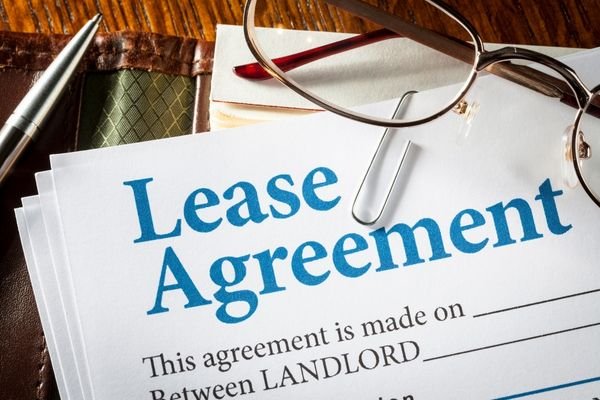Turnover Rent – is it the way forward?
Written by Nick Winslet | Commercial Property | 27th July 2020
The financial implications for our retail sector and commercial landlords arising from the Covid-19 pandemic are by this point obvious. Governmental restrictions, and reduced consumer confidence will leave highstreets and restaurants struggling for some time to come. Switching to a turnover rent is another option that could help tenants and landlords alike. This is in addition to the support and other concessions that landlords and tenants already have in place.
What are turnover rents?
Essentially, rather than a fixed rent, it is rent based on a percentage of the turnover achieved from the premises. In most instances there will still be a fixed portion of the rent (typically 80% of the market rent). This is topped up should the turnover achieved exceed a pre-agreed threshold. There are some instances however, where there is no fixed element at all. The rent is based purely on a percentage of turnover. Ultimately, it’s a commercial negotiation between the parties involved.
Turnover rents are not new. They have long been used in certain retail and leisure settings for a while. They’re becoming more commonly used and the pandemic has perhaps accelerated this trend. The Crown Estate has recently announced a move towards turnover rent for some of its tenants. The Cadogan and Howard de Walden Estates have joined the list of major landlords switching tenants to turnover rents.
What does this rely on?
This relies on their being a cooperative relationship between landlord and tenant. It also needs a willingness to share both success and hardship. As a result, the landlord becomes more invested in the operation of the tenant’s business. This should lead to a more collaborative relationship between the parties.
It might seem that the tenant is getting the better end of the deal. But a tenant’s success – and survival in these times – will be a priority for landlords. A tenant paying a reduced percentage fixed rent is still better than vacant premises. And there will not be many occupiers lining up to take more space in the current climate.
Too good to be true?
While this may be a workable solution for some – there are undoubtedly issues which arise. Turnover rents require a large amount of transparency and honesty between the parties. The tenant will be required to share its financial performance data with the landlord going forwards. Certain tenants may not be comfortable doing this.
There will also be the added administrative burden on both parties. This includes provision of information by the tenant, and analysis and calculation of the rent by the landlord.
Particularly difficult is determining how large the fixed element should be – if there is to be one at all. Obviously, the smaller the fixed element, the greater risk to the landlord. Some landlords would be unable to sustain this, while many investors would seek a more reliable return. But setting the fixed element too high would undermine the real objective of turnover rent. It could also leave the tenant still struggling to meet its rental obligations.
Online shopping – a further complication
In addition to the above, there is the effect of online shopping to be considered. A tenant of commercial premises may experience a slump in physical sales. However, this may be balanced by an increasingly successful online presence.
The majority of major retailers are relying heavily on online sales. Primark is an exception to this as they currently have no online retail facility. Covid-19 has not changed this trend but has certainly brought it into sharp focus.
Physical premises undoubtedly still have an important role to play. It’s definitely true that for many customers, physical shops operate as more of a showroom before buying online, or as the base for a “click and collect” service. This however throws up other issues that need to be considered. Just what should constitute ‘turnover’ for the purposes of the calculation of turnover rent.
Conclusion
As with most things, what appears to be a simple and fair solution in principle is far more complicated when considering the detail. Clearly a one-size-fits-all approach just will not work, and any discussions must be property and sector specific. However, for many landlords and tenants it will be worth pursuing and investing the time to reach an agreement.
What now?
To find out more and discuss whether may be suitable for you please contact us in the Commercial Property team. You can reach us on 01752 664444 or email nwinslet@nash.co.uk. We’d be more than happy to talk you through the available options.
Speak to a Commercial Property Solicitor
If anything in this article has stirred your interest, please contact our Commercial Property team. The team is lead by Nick Winslet, who can be contacted on 01752 827013 or at nwinslet@nash.co.uk. Nick and the team would love to talk to you about how they might be able to help you.











